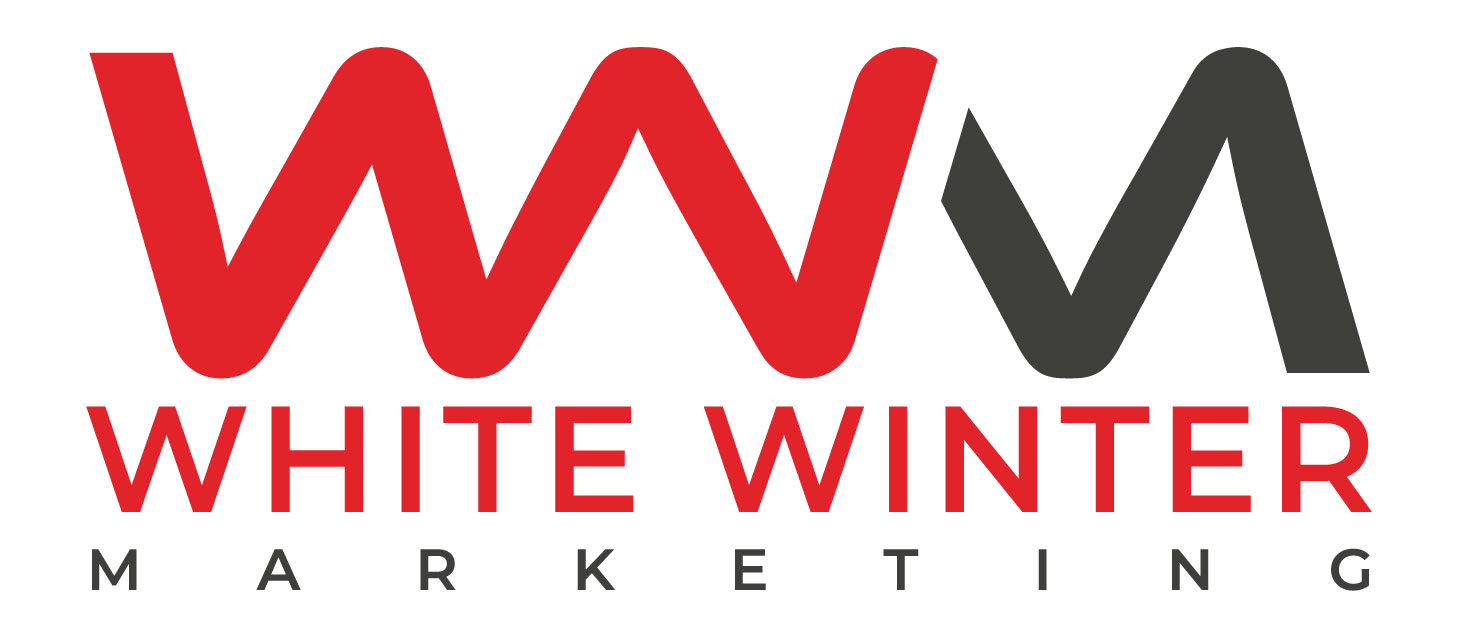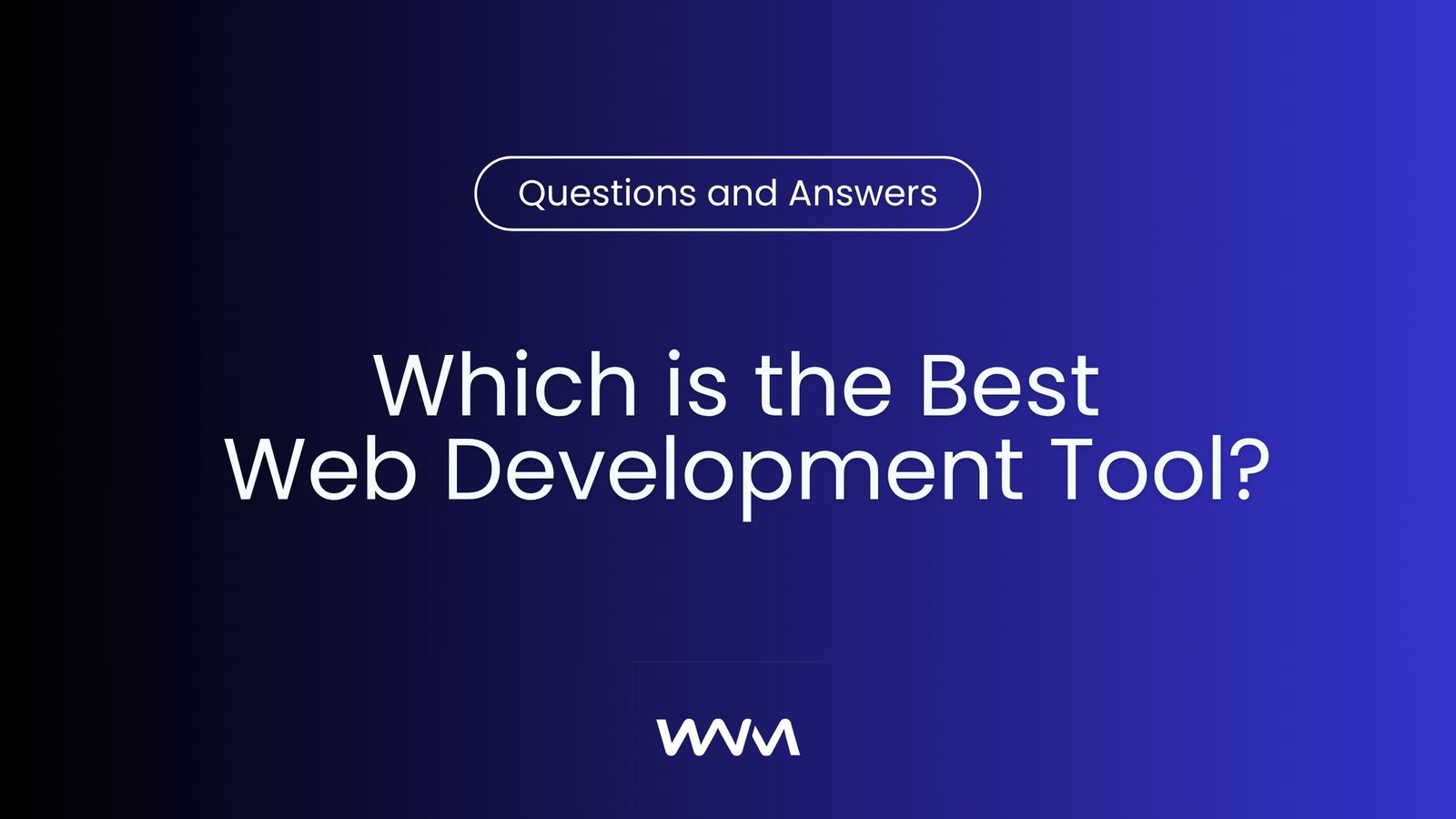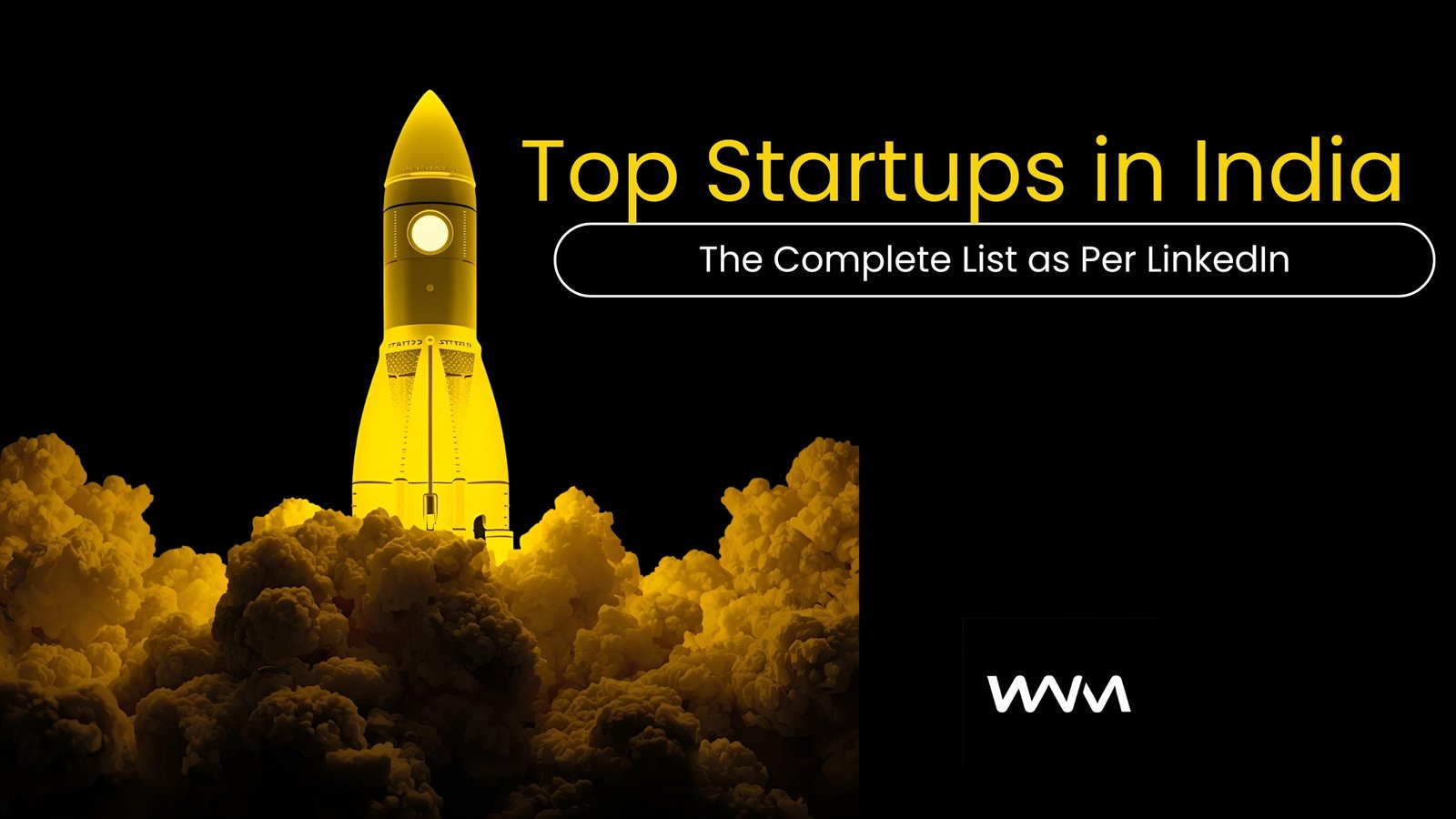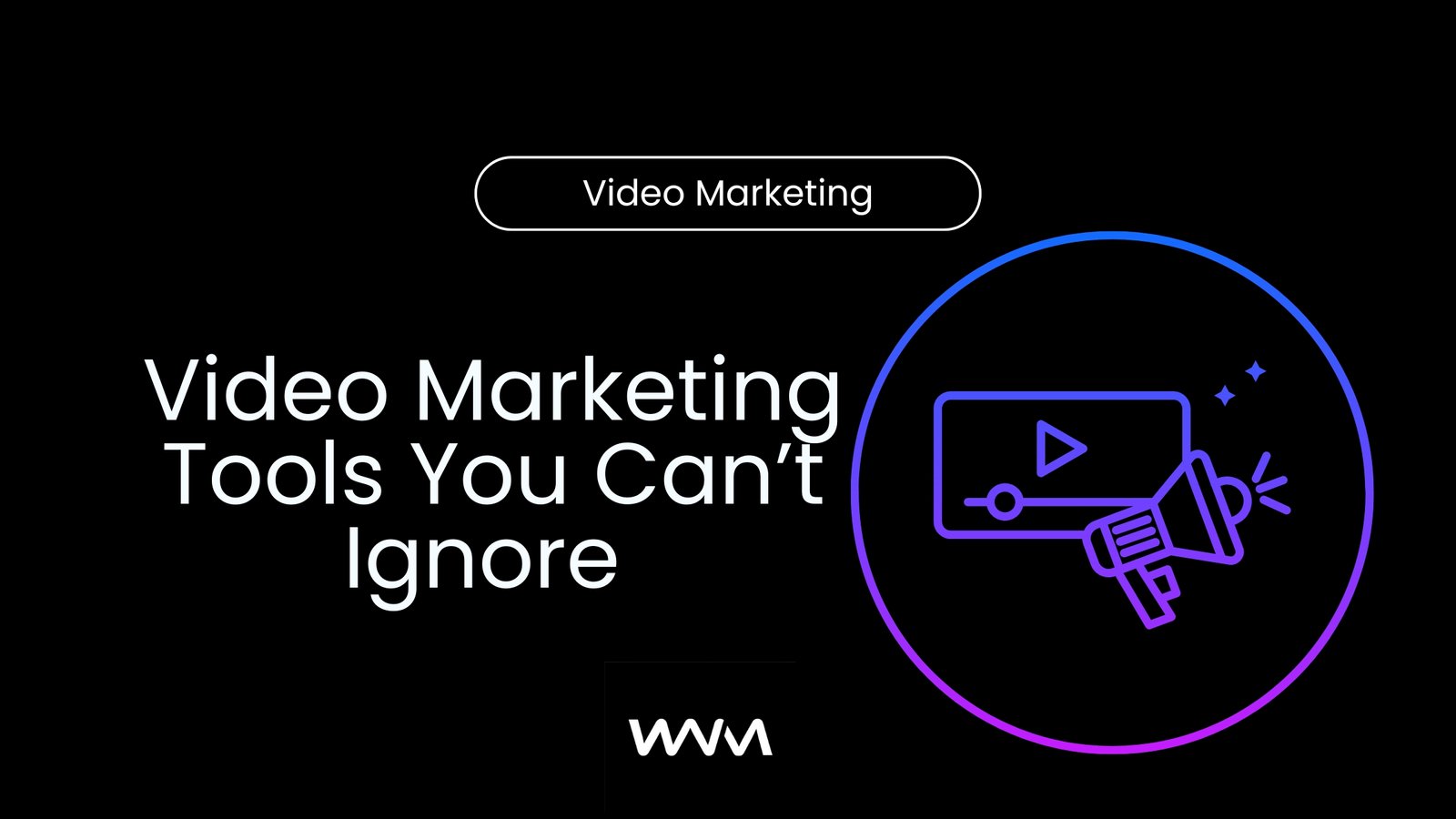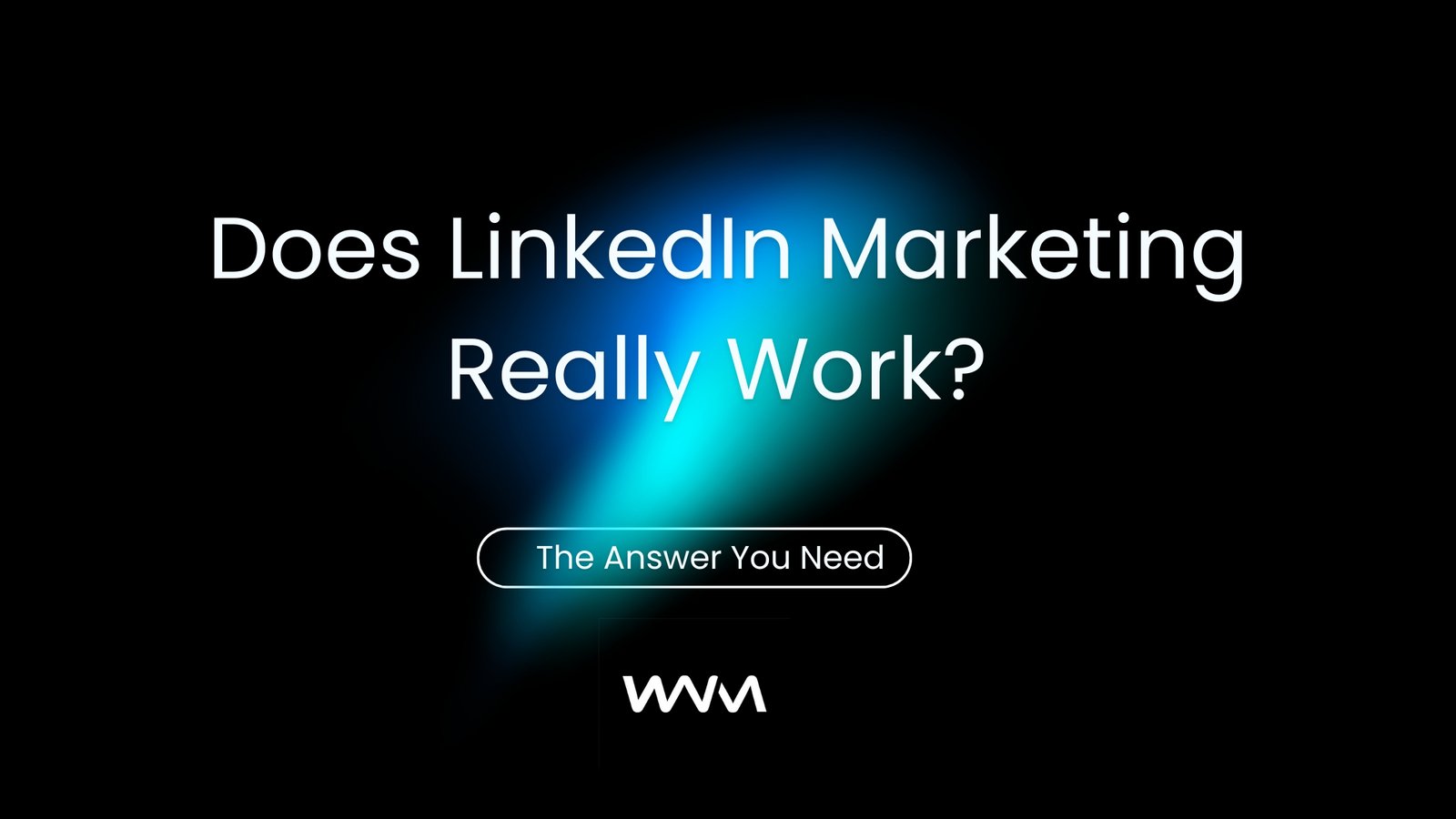Leadership Branding: What We’ve Learned Working with Founders, Coaches, and B2B Teams
In our experience working with founders, coaches and B2B teams, we’ve discovered that success in leadership branding does not come from doing more of the same. It comes from clarity, alignment and execution. In this article we share the key lessons we’ve learned — so you can avoid the typical pitfalls and accelerate results.
The context: Why founders, coaches and B2B teams struggle
- Many startup founders or business coaches approach content and branding as a nice-to-have rather than a strategic driver. Yet research shows that content marketing is increasingly critical: for instance, 58 % of B2B marketers credit content marketing for helping generate sales and revenue.
- According to one article on founder-led content: “Content has provided the most durable ROI of any marketing channel.”
- For coaches, content marketing is the foundation of standing out, reaching new clients and reinforcing expertise.
- Yet in practice we see: mis-aligned messaging, weak positioning, unclear value propositions, and then inconsistent or unfocused execution.
Lesson 1: Positioning is non-negotiable
When you work with founders and coaches you must ask: what makes you distinct? How do you change your clients’ lives (or their organisation’s outcomes)? How do you position yourself not just as a service provider but as an authority?
- A strong personal brand or leadership-brand builds trust fast. One study found that 44 % of employers have hired candidates based on their personal branding content, while 54 % have rejected applicants due to poor social media presence.
- For B2B teams, content that is simply tactical fails if it doesn’t tie to the bigger business strategy. As one report shows: 83 % of B2B content focuses on building awareness or interest, not necessarily driving decision-oriented outcomes.
Therefore: Start with your positioning. Define your ‘why’, your value, your niche. For example: “We help SaaS founders build leadership brands that attract funding and strategic partnerships” or “We help B2B teams turn content into revenue, not just traffic”.
Lesson 2: Leadership branding is a multiplier
For founders and coaches, you’re not just selling a service. You are the service. Building a leadership brand, especially for a founder or coach, changes the equation from “vendor” to “trusted authority”.
- A reference article notes: “Executive personal branding for CXOs … data proves that CXOs who prioritise branding see exponential returns: 300 % rise in strategic partnership inquiries within six months.”
- Another confirms most professionals (59 %) say they lack a strategy for their content/personal brand despite recognising the importance.
As part of working with B2B teams we advocate that the founder/coach/leader become the flagship voice. Blogs, LinkedIn posts, videos, speaking engagements — tie these back to your brand narrative and business strategy.
Lesson 3: Content strategy must link to business outcomes
Too often content efforts are siloed: blogs get published, posts go out, but nobody ties it to leads, pipeline or revenue. In B2B especially, content must serve decision-makers, help move them along the funnel.
- For example: 72 % of businesses report that content marketing boosts lead generation.
- And yet: Only 24 % of professionals say they are achieving ROI from their personal branding content.
From our work with B2B teams: ensure that each piece of content has- a clear target audience (who is reading?)
- a clear business question (what change do we want?)
- a measurable call-to-action (book a call, download audit, subscribe).
We’ve also found that the highest-impact content comes when you embed frameworks, tools, or unique insights that your audience cannot easily replicate.
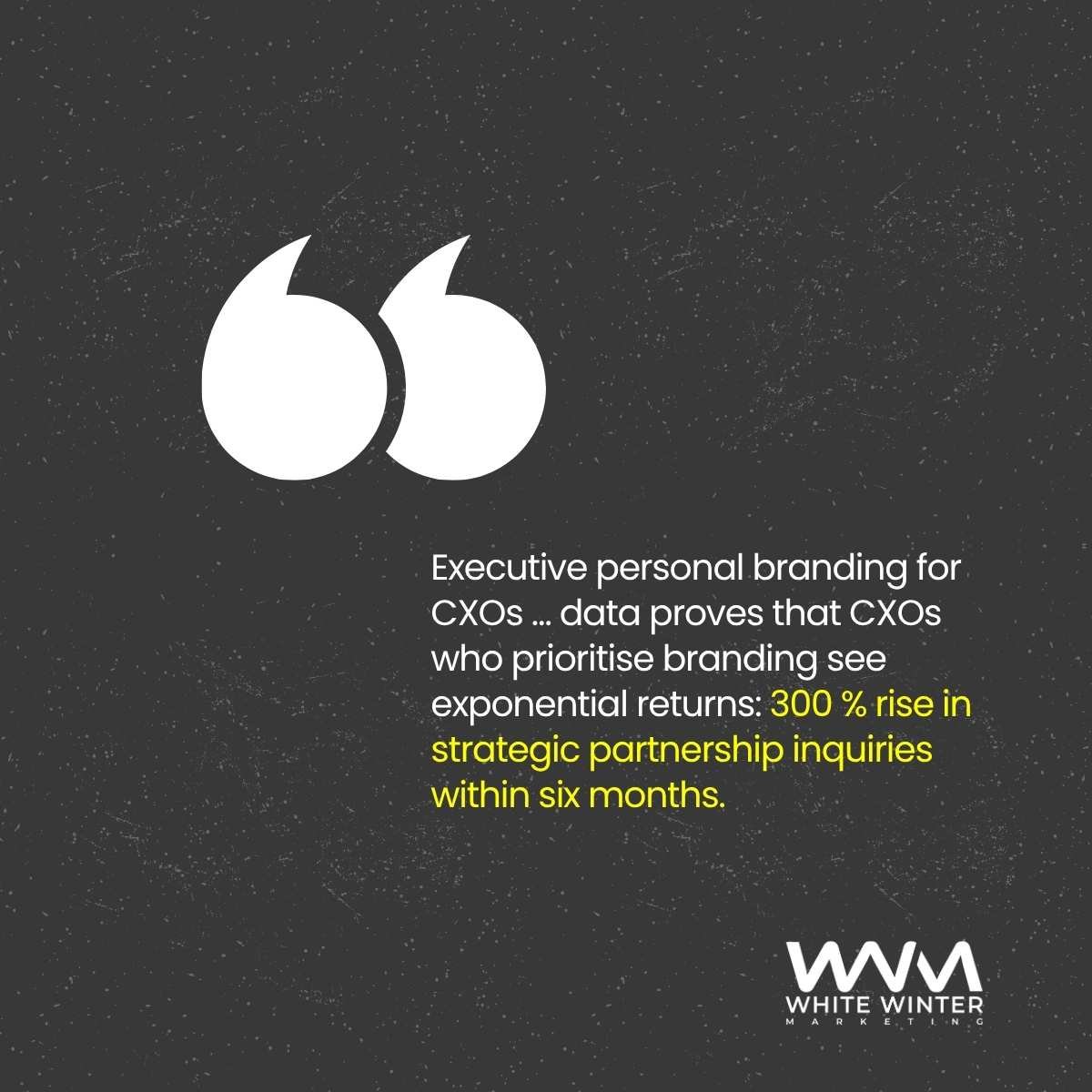
Lesson 4: Consistency and systems matter
For founders, coaches and B2B teams, time is scarce. We’ve learned the winners build simple systems (not necessarily massive budgets) and stick to them.
- According to content marketing guides, the consultants and coaches who win “create simple systems and follow them regularly”.
- Content marketing for B2B continues to grow; without a repeatable process you fall behind.
Action: Define your publish cadence, define format (e.g., monthly pillar blog, bi-weekly LinkedIn article, weekly short post). Set up roles or outsource for writing, editing, scheduling, distribution.
Lesson 5: Enable decision makers with clarity
In B2B teams, especially when selling to other businesses, the buyer is research-driven, often risk-averse. Your content must enable that buyer: clarify your value, address objections, show process and success secretly (even if you cannot publish full case studies).
From our work: create articles titled “How to choose a content partner for your B2B brand”, “What to expect when you hire a personal branding agency”, “Why your B2B website isn’t converting” (we’ll come to the website article next).
These types of decision-stage articles build trust and reduce risk for the buyer.
Lesson 6: Measure what matters
It’s not enough to publish content; you need to measure. Do you get traffic? Are leads converting? Is content influencing pipeline? From the research: 67 % of marketers track revenue generated from leads and conversions resulting from content marketing.
Set up dashboards: content type vs lead quality, time to close, topic clusters vs funnel stage. If certain formats (videos, LinkedIn posts, articles) lead to more calls, invest more there.
Bringing it together: Your next steps
Here’s a short checklist for you (founder, coach or B2B team lead):
- Revisit your positioning: Are you communicating a clear differentiator?
- Map your content strategy to business outcomes: what is the goal of each piece?
- Activate your leadership/ personal brand: what’s your voice, how will you show up consistently?
- Build a simple content production and distribution rhythm.
- Create decision-stage content that helps buyers evaluate you (rather than broadcast you).
- Define measurement: which content pieces lead to calls, leads and deals?

Conclusion
Working with founders, coaches and B2B teams has taught us one thing: The market rewards clarity, credibility and consistency. If you treat your content marketing, leadership branding and website strategy as strategic assets (not just marketing tactics) you’ll be far ahead. Don’t wait for “the perfect case study” or “the perfect brand moment”. Start with what you have, build your authority, and let your audience follow you into higher value. Schedule your free personal branding consultation.
About WhiteWinter Marketing
